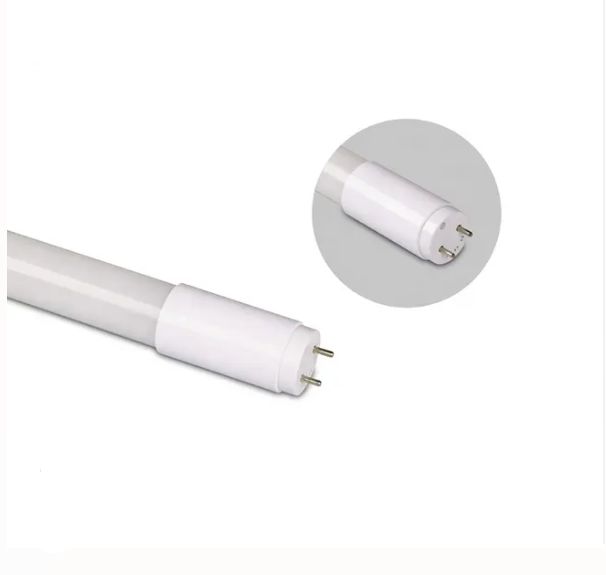-
Premium Quality: This suggests that the LED tube lights are of high quality, likely built to last longer, and perform better compared to standard or lower-quality options. It might imply better materials, construction, and possibly additional features like better heat dissipation or durability.
-
Energy Saving: LED lights are known for their energy efficiency compared to traditional fluorescent or incandescent bulbs. The 14W power consumption you mentioned is relatively low for a light source, indicating that these LED tube lights can provide illumination while consuming less electricity, which can lead to cost savings in the long run.
-
Wide Range of Applications: LED tube lights can be used in various settings, including residential, commercial, industrial, and institutional environments. This versatility makes them suitable for a broad range of lighting needs, from offices and schools to warehouses and retail spaces.
-
T8: T8 refers to the diameter of the tube light. T8 LED tube lights have a diameter of 1 inch (about 26mm). This size is common for fluorescent tube replacements and is widely used in existing fixtures.
-
AC165-265V: This voltage range indicates the compatibility of the LED tube lights with a wide range of electrical systems. AC165-265V covers the typical voltage supplied by most electrical grids worldwide, making these lights suitable for use in various regions without the need for additional transformers or converters.
-
6500K/1800LM: These specifications refer to the color temperature and brightness of the LED tube lights. A color temperature of 6500K is considered a "daylight" or "cool white" color, which provides a bright, crisp illumination similar to natural daylight. The 1800 lumens (LM) output indicates the brightness level of the lights, with higher lumens corresponding to brighter illumination.
Overall, the described LED tube lights seem to offer a combination of high quality, energy efficiency, versatility, and suitable specifications for various lighting applications.






